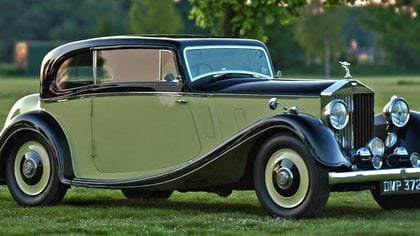1932 1933 Rolls Royce 20/25 Limousine For Sale by Auction

1932 1933 Rolls Royce 20/25 Limousine For Sale by Auction
- Right Hand Drive
- 1932
- AGC496
- Multicolour
- Dealer
- United Kingdom

This advert has now been removed through sale or otherwise. Please see the list below for similar live adverts.
Similar Rolls Royce 20/25s

Vintage & Prestige Fine

1933 Rolls Royce 20/25 Sedanca by Thrupp & Maberly
RHD
£138,000
Asking price
Check out our new listings and upcoming auctions by subscribing to our newsletter
By signing up you accept our privacy policy and conditions of purchase











